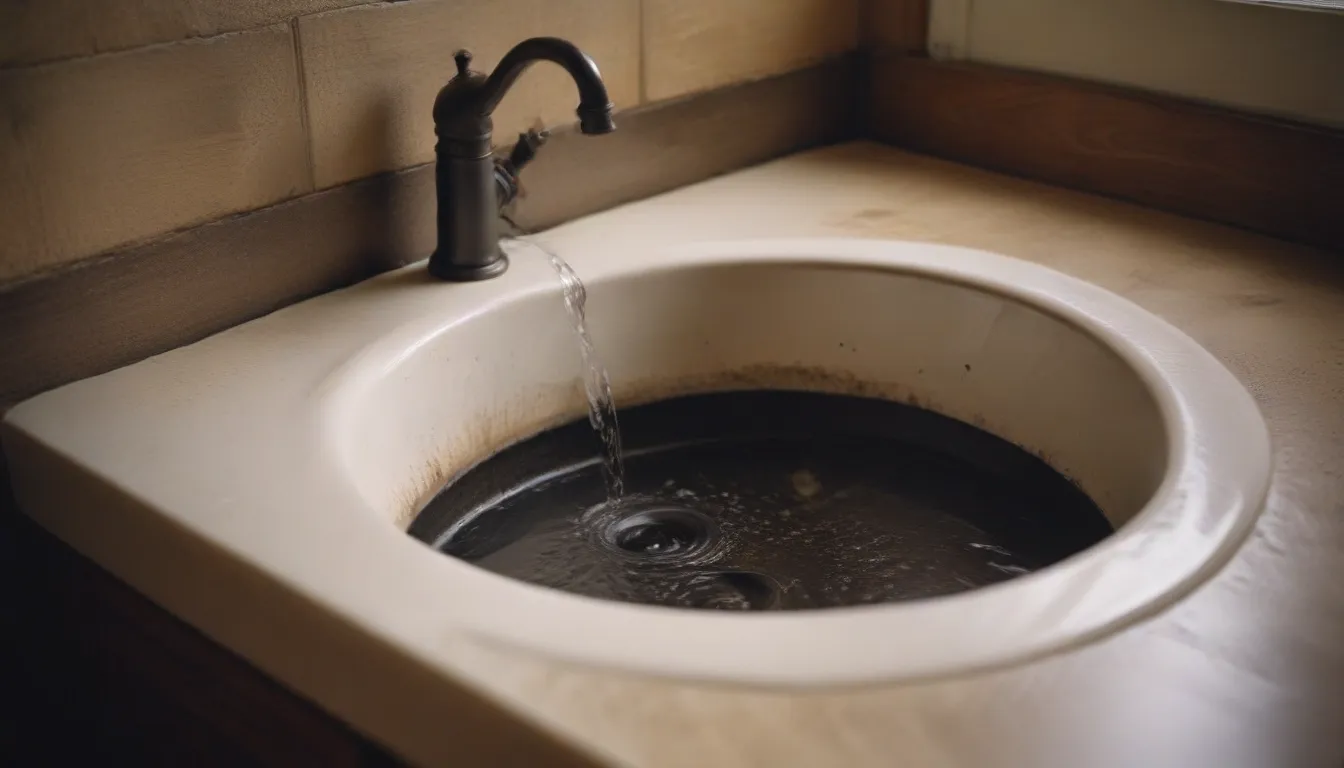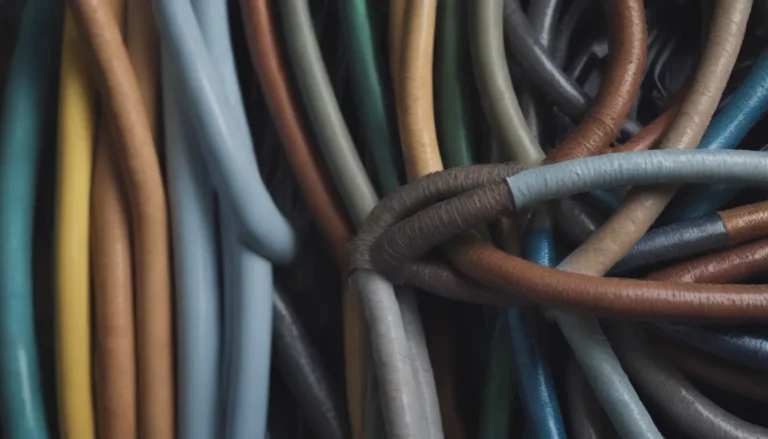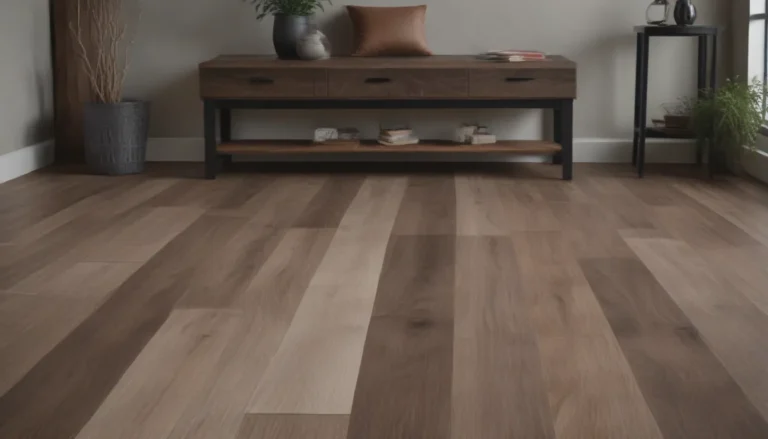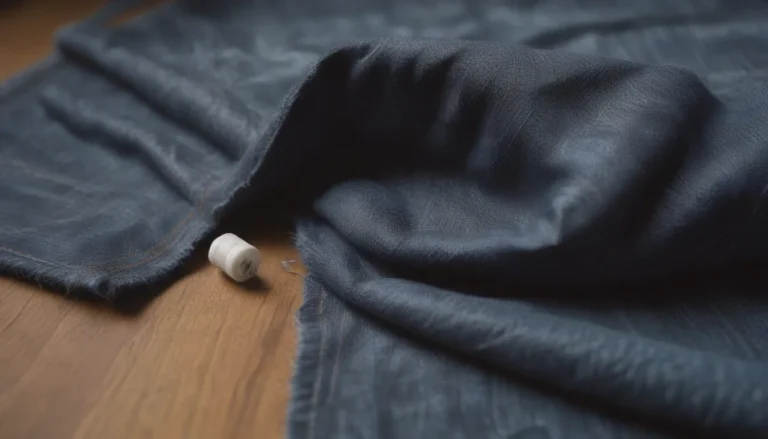Understanding Sink Overflow Holes: Why They’re Important and How to Maintain Them

When it comes to bathroom sinks and some other fixtures, you may have noticed a small opening near the top of the basin wall or under the faucet on the opposite side. This opening is known as a sink overflow hole, and it plays a vital role in the functionality of your sink. In this comprehensive guide, we will delve into everything you need to know about sink overflow holes – from how they work to why they are essential, and how to properly clean and maintain them.
The Purpose of Sink Overflow Holes
Sink overflow holes serve two crucial functions that contribute to the overall efficiency of your sink:
-
Preventing Water From Overflowing: When the sink basin is filled with water and the drain is closed, the overflow hole acts as a secondary outlet for the water to prevent it from spilling over the top of the basin. While it may not completely eliminate the risk of overflow, it provides an additional level of protection.
-
Improving Drainage: The overflow hole allows air to enter the drain pipe through the overflow channel, enhancing the drainage process. This helps water to flow more smoothly down the drain, reducing the suction effect that can slow down drainage in the absence of an overflow hole.
It’s important to note that while most bathroom sinks come equipped with overflow holes, some custom or DIY sink options may exclude this feature. When choosing a sink without an overflow hole, it’s essential to consider the potential implications and ensure that the sink’s design aligns with your needs and preferences.
How Sink Overflow Holes Work
A sink overflow is essentially a concealed channel running along the underside of the sink basin. While it may not be visible from the top or bottom of the sink, the overflow channel consists of one or two holes near the rim of the basin at the top, and an outlet hole at the bottom that connects to the drain pipe. The overflow and basin share the same drain pipe, with the overflow remaining open and unaffected by the sink stopper.
Cleaning and Maintaining Sink Overflow Holes
To ensure that your sink overflow functions effectively, it’s crucial to keep it clean and free of debris that can obstruct the flow of water and air. Here are some methods to clean and maintain your sink overflow:
- Pipe cleaner or sink-cleaning brush: Use a specialized tool to manually clean the overflow channel and remove any buildup.
- Zip tie: Insert a zip tie into the overflow hole to dislodge any debris and improve drainage.
- Rubber hose: Use a rubber hose to flush out the overflow channel and remove blockages.
- Liquid cleaner: Use a commercial enzyme drain cleaner that is safe for septic systems to clean the overflow hole effectively.
Warning:
Avoid using bleach if your home has a septic system, as it can be harmful. Opt for a septic-safe drain cleaner to maintain the integrity of your system.
Addressing Odors in Sink Overflow Holes
If you notice a foul odor emanating from your sink overflow hole, it may be due to the presence of mildew or other contaminants. Here’s a simple method to eliminate the odor:
- Place a funnel in the sink overflow hole.
- Pour baking soda followed by vinegar into the funnel.
- Allow the mixture to fizz and neutralize odors for 15 to 20 minutes.
- Flush the overflow hole with boiling water using the funnel.
- Repeat the process as needed until the odor is eliminated.
By following these steps, you can effectively clean and deodorize your sink overflow to maintain optimal hygiene in your bathroom.
Additional Tips for Sink Maintenance
In addition to cleaning the overflow hole, here are some general tips to keep your sink in top condition:
- Regularly check for leaks and drips: Inspect your sink for any signs of leaks or drips that may indicate underlying issues.
- Avoid pouring grease down the drain: Grease can solidify and clog your drain over time, leading to drainage problems.
- Use a drain strainer: Place a drain strainer in your sink to prevent debris and hair from entering the drain and causing blockages.
- Flush the drain with hot water: Periodically flush your drain with hot water to help clear out any buildup and keep it flowing smoothly.
Conclusion
In conclusion, sink overflow holes play a crucial role in preventing water overflow and enhancing drainage in your sink. By understanding how these openings work and implementing proper cleaning and maintenance practices, you can ensure the optimal performance of your sink for years to come. Remember to regularly clean your sink overflow, address any odors promptly, and follow general maintenance tips to keep your sink in pristine condition. With a little care and attention, your sink overflow hole can continue to serve its purpose effectively and keep your bathroom running smoothly.





